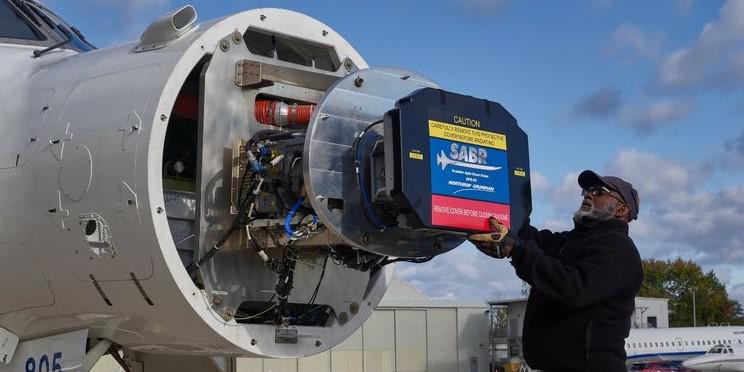Balancing Agile Processes on the Contractor Side
As the U.S. Air Force is pursuing digital transformation and agile software development, its contractors are also leaning into new processes to provide swift updates to key systems. Northrop Grumman, the manufacturer of the active electronically scanned array AN/APG-83 Scalable Agile Beam Radar (SABR) software for the F-16 Viper fighter aircraft, has seen some initial success in providing lean-agile software development, according to the company.
“We provide them a software update, they fly it very quickly, and usually within a week or two we are able to get very direct feedback on that performance, incorporate any upgrades, changes, modifications, enhancements and get them something back,” said Mark Rossi, director, SABR programs, Northrop Grumman, in an interview with SIGNAL Media. “Usually we are on about a once-a-month cadence, but sometimes we can get it to them as soon as a week or two weeks after.”
Traditionally, the process was driven by the drafting of customer requirements. The service would put a statement of work together, require a system requirements review, a preliminary design review and then a critical design review—a lengthy matter.
Now, the agile development process is much faster, thanks in part to the close coordination with the Air Force flight test and development communities, Rossi noted, which in this case included Hill Air Force Base, Utah; Eglin Air Force Base, Florida; and the Air National Guard Air Force Reserve Command Test Center in Tucson, Arizona.
“We've been able to embrace the lean-agile process in doing this development with our U.S. military customers because of their ability to flight test this in an operationally significant and relevant environment,” Rossi confirmed. “We like to use the term ‘fly, fix, fly. Rather than solely depending upon laboratory testing, we deliver them the software, they fly it, they give us feedback, we fix it and they fly it again. With that direct feedback loop, it's become a very agile process with a very direct feedback loop, and in the end the customer is getting a much better product than they would through traditional hierarchical processes.”
The company provides base models of the radar system to its customers, “anybody who is flying it operationally,” and “any changes are a result of enhancements.” In this case, Northrop Grumman worked with the Air Force’s software engineers through those communities to deliver the incremental development loads that enhanced and added capabilities to the AN/APG-83 until the parties got to an agreed-upon production delivery version. That configuration is then moved out to operations.
Rossi emphasized that their collaboration with the Air Force has evolved, as each side had to balance how to adopt agile processes across their work. “We were able to show them that we could turn things much more quickly if they were willing to fly the [development loads],” he stated. “And we developed a relationship where they were able to do that. They saw the value, so they started changing the way that they imposed requirements on us to enable us to be more agile. We've seen them also change on their side of the interface, to adopt some of these practices. They are seeing real benefits to how rapid we can get new capability out. And I believe that they were motivated. They saw this as an opportunity. This was a quick win for them and for us, but it was really a quick win for the warfighter because we're getting capability out there very quickly as a result.”
And the company was able to harness advanced radar capabilities from the F-35 and F-22 aircraft for application in the F-16. “Being the only provider of radar to fifth-generation platforms like the F-35 and F-22, we decided as a team that we were going to build in the active electronically scanned array radar based on that technology and those modes and make it applicable to the F-16,” Rossi clarified. “For the F-16, 95 percent of the mode software is identical to the F-35’s, so they are getting a lot of capability. This fourth-generation platform is getting fifth-generation capability with our offering.”
In addition, the eight partner nations approved under U.S. foreign military sales to receive the AN/APG-83—who always have unique capability requirements—will also benefit from the improved process, Rossi added. “We differentiate customer to customer by software,” he said. This will apply both to the older versions of the F-16 and to the new production lot of F-16s planned by the aircraft manufacturer, Lockheed Martin.
“I think this capability is helping them to prolong the life of the F-16 because it gives it an entire new mission capability that the previous F-16 with our old radar just didn't have the ability to do,” Rossi explained. “I believe that platform will remain operationally viable well into the future, especially now that Lockheed Martin is building brand new airplanes in Greenville, South Carolina, that need an active electronically scanned array to be able to compete with today's threats. And those countries that are buying those jets will have those for 30-to-40 more years to come.”





Comments